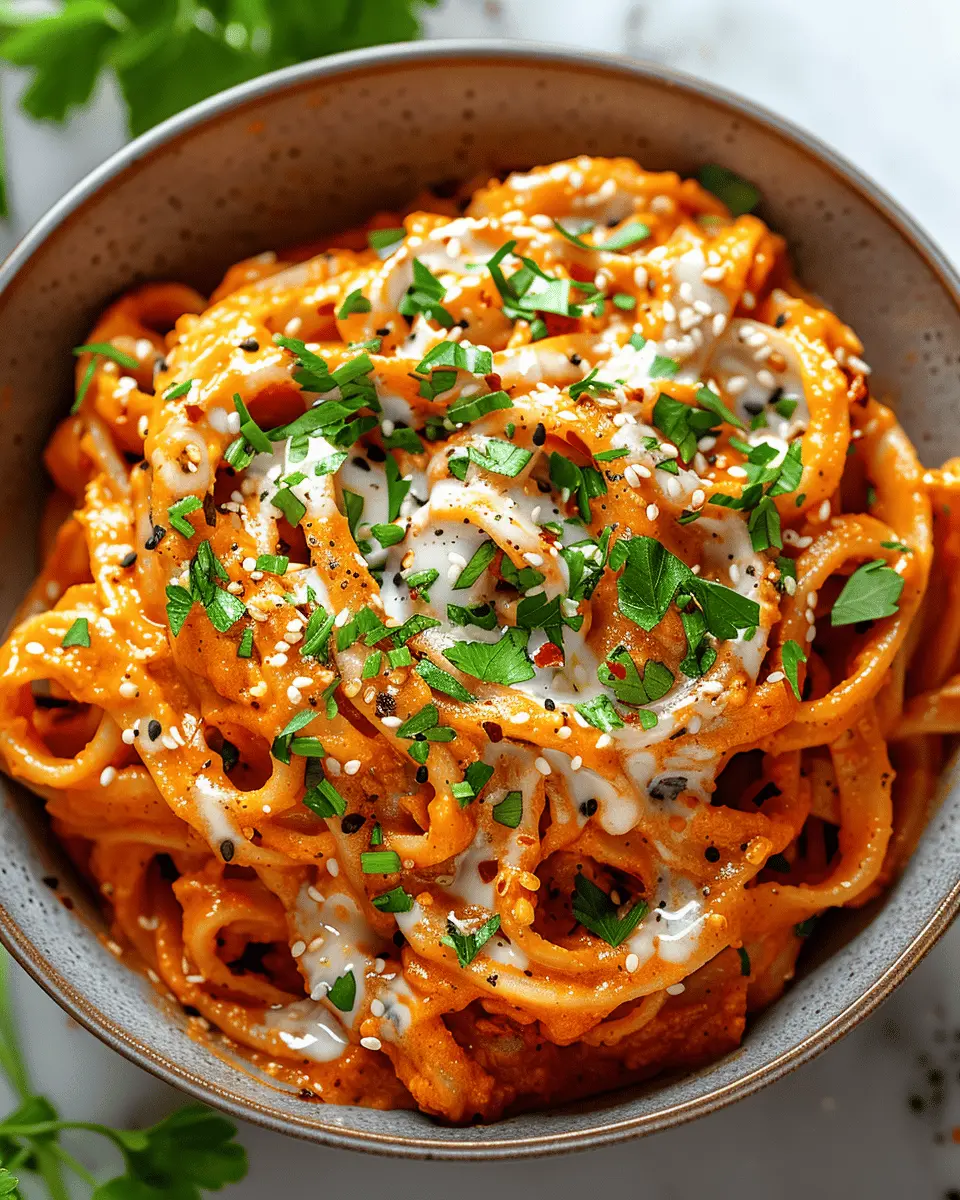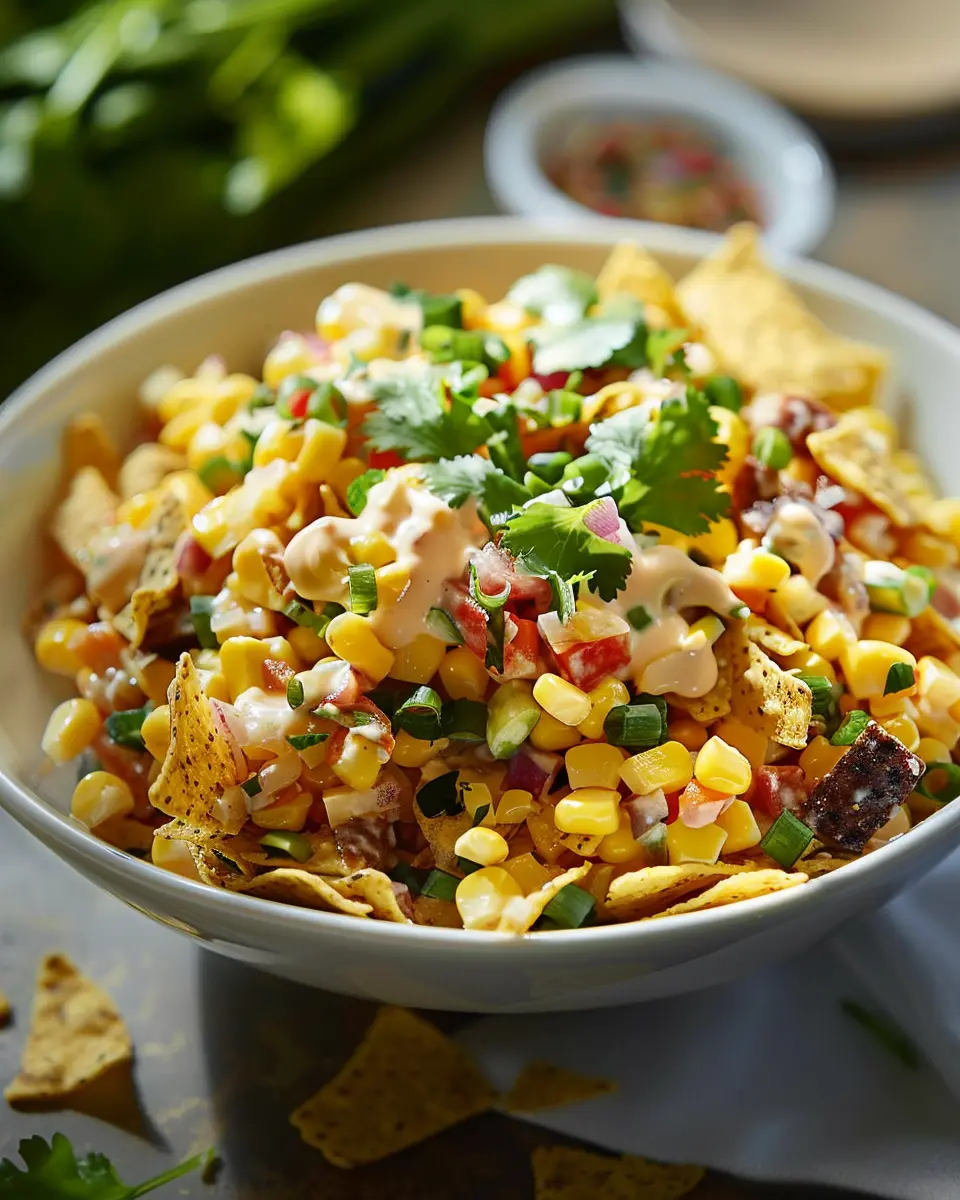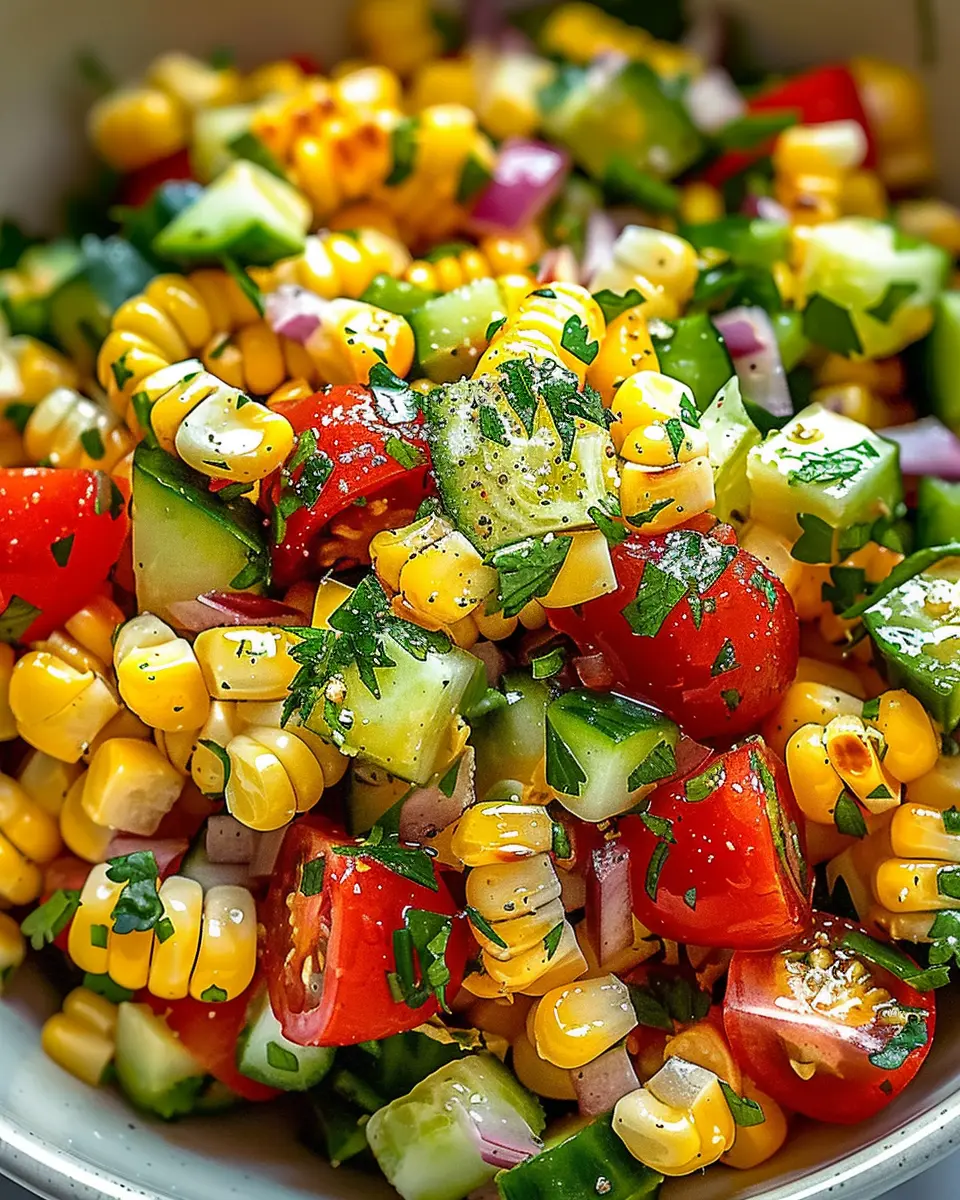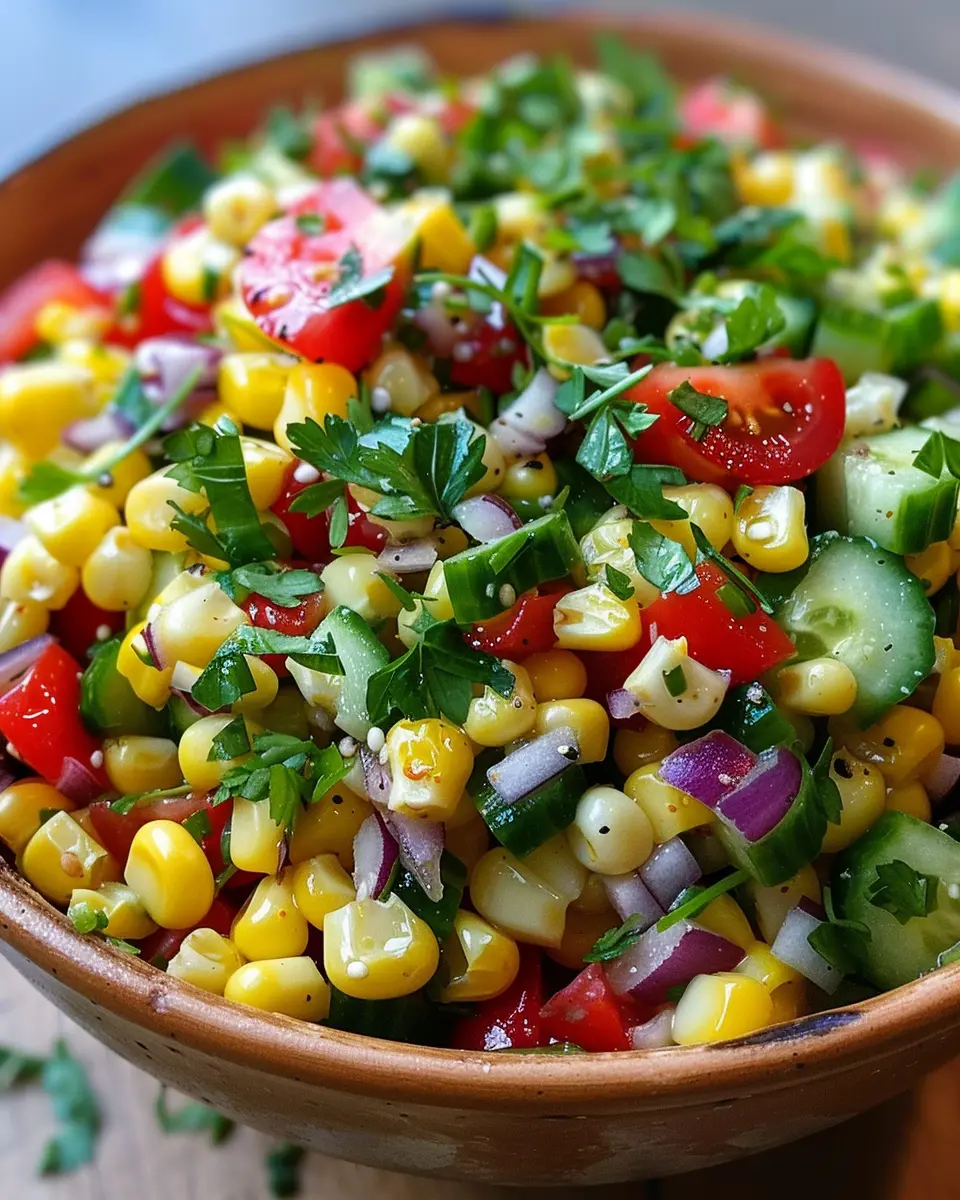Introduction to 17 Must-Try Gochujang Recipes
If you’re on a quest to bring bold flavors to your homemade meals, look no further than gochujang. This Korean chili paste isn’t just a condiment; it’s a flavor powerhouse that can transform everyday recipes into something extraordinary. With its balanced mix of sweetness, earthiness, and spice, gochujang can elevate everything from marinades to stews, making it a must-have for anyone looking to spice things up in the kitchen.
Why Gochujang is a Game Changer for Homemade Meals
So, what makes gochujang such a game-changer? For starters, it’s incredibly versatile. Whether you’re whipping up a hearty beef stir-fry or a simple roasted vegetable dish, a spoonful of this chili paste can take your meal from bland to unforgettable. Not convinced? According to a recent survey, 72% of home cooks reported that incorporating bold flavors into their dishes significantly improved their cooking experience (source: Food & Wine).
Here are a few reasons why you should try gochujang in your cooking:
- Adds depth: The rich umami flavor of gochujang brings an incredible depth that enhances meat and vegetable dishes alike.
- Health benefits: Gochujang is made from fermented ingredients like chili, glutinous rice, and soybeans, which, in moderation, can offer health benefits, including boosting metabolism and aiding digestion.
- Easy to use: Unlike many spices, gochujang requires minimal effort to integrate into your meals. Just mix it into sauces, marinades, or even dressings, and you’re good to go!
In this article, we’re excited to share 17 must-try gochujang recipes that cater to all palates. Whether you’re a seasoned cook or just starting your culinary journey, these recipes are designed to be accessible, flavorful, and sure to impress. Think of them as a vibrant path to explore new tastes and enhance your cooking skills!
Ready to dive into the delicious world of gochujang? Let’s get started! Your taste buds will thank you.
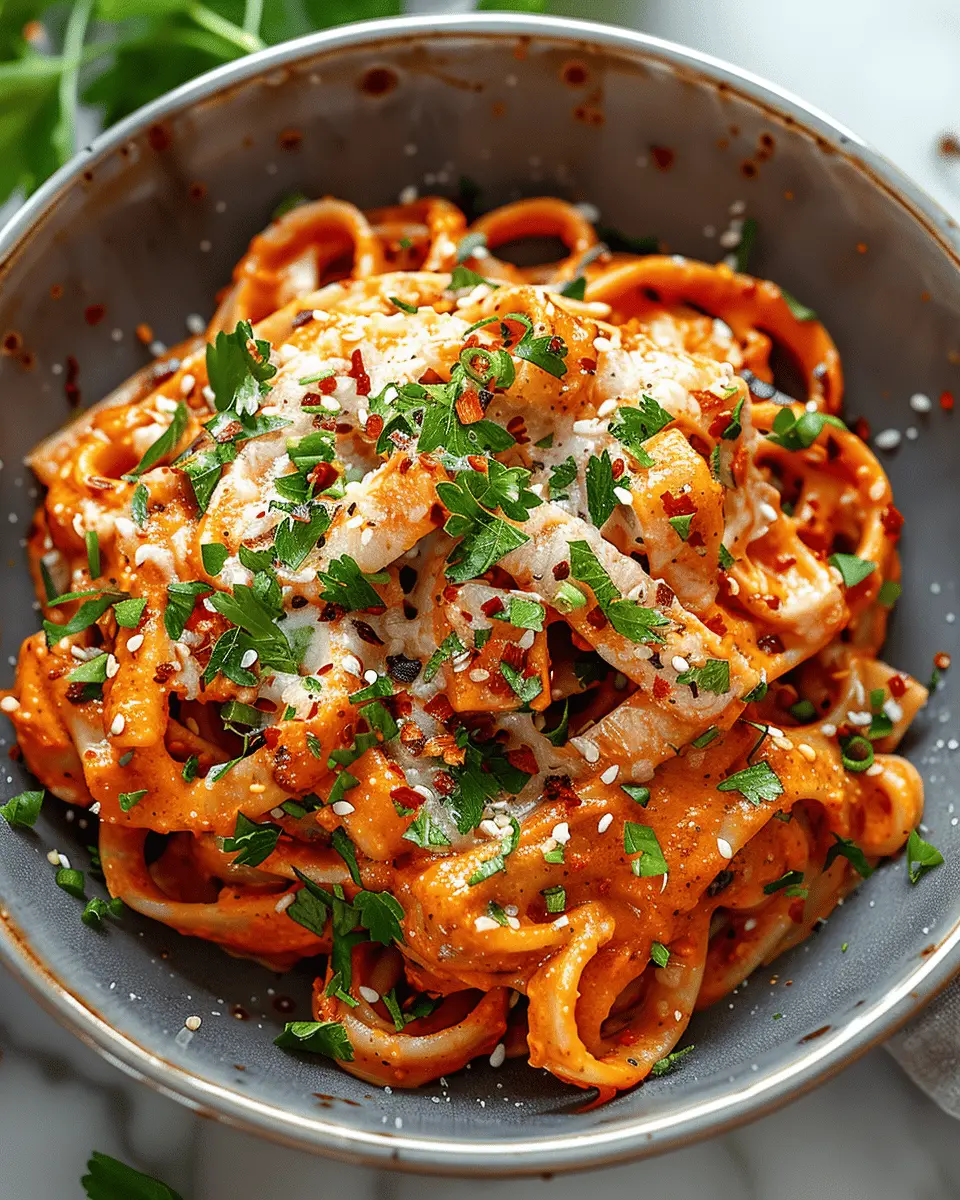
Ingredients for 17 Must-Try Gochujang Recipes
Essential Ingredients for Gochujang Recipes
When diving into the world of gochujang, a staple in Korean cuisine, you’ll want to gather some essential ingredients that will elevate your dishes. Besides the vibrant and spicy gochujang itself, consider these must-haves:
- Fresh Vegetables: Onions, garlic, and green onions add depth to your flavor profile.
- Proteins: Think Chicken Ham, Turkey Bacon, or Beef for heartier meals.
- Grains: Cooked rice or quinoa serves as the perfect base to soak up those delicious flavors.
- Soy Sauce: A little splash of soy sauce amps up umami and rounds out the taste.
Pantry Staples to Have on Hand
To make your journey through these 17 must-try gochujang recipes smoother, keep these pantry staples on standby:
- Sesame Oil: Adds a nutty note that complements the spice.
- Honey or Maple Syrup: For balancing the heat.
- Vinegar: Rice vinegar or apple cider vinegar provides a tangy kick.
- Specialty Ingredients: Ingredients like dried seaweed or pickled vegetables enhance authenticity.
These everyday items will not only simplify your cooking experience but will also ensure that every dish is bursting with flavor. Ready to create some magic? Let’s get cooking! For more tips on using gochujang, visit Serious Eats.
Preparing 17 Must-Try Gochujang Recipes
Cooking with gochujang can elevate your dishes to a whole new level. This Korean chili paste has a unique blend of sweet, spicy, and umami flavors that can bring warmth and depth to an array of recipes. Here’s how to prep your way through these 17 must-try gochujang recipes like a pro!
Gather All Ingredients
Before diving into cooking, take some time to gather all your ingredients. This ensures you won’t be scrambling mid-recipe, leading to unnecessary stress. Here’s a handy checklist of what you might need for your gochujang adventures:
- Gochujang
- Base proteins: chicken ham, turkey bacon, beef, tofu, or seafood
- Fresh veggies: bell peppers, spinach, carrots, onions
- Aromatics: garlic, ginger, and green onions
- Pantry staples: soy sauce, sesame oil, rice vinegar, and sugar
Make sure to source high-quality ingredients for the best flavors. For instance, fresh vegetables can truly enhance the overall taste—check out your local farmer’s market if you’re in the mood for something vibrant and organic.
Understand Gochujang’s Unique Flavor Profile
To successfully incorporate gochujang into your dishes, it’s essential to understand its flavor profile. This fermented chili paste is sweet, spicy, and packs a umami punch. The fermentation process is what gives it a complex flavor that enchants many cooks and food enthusiasts.
As you consider gochujang for your recipes, think about how its spicy-sweet notes can contrast against savory or even sweet components. For a deeper insight into the amazing world of gochujang, you might want to explore articles on its origin and culinary uses.
Prepare Base Components for Various Dishes
With your ingredients gathered and the flavor profile understood, it’s time to prepare the base components for your dishes. Whether you’re making stews, marinades, or stir-fries, prepping these elements will save you time later. Here’s what to focus on:
-
Protein Preparation: If using turkey bacon or chicken ham, consider marinating them in a gochujang-based sauce for some extra flavor. Just a simple mix of gochujang, soy sauce, and a bit of brown sugar works wonders!
-
Veggie Cuts: Chop your vegetables into uniform sizes to ensure even cooking. This applies whether it’s julienned carrots for a stir-fry or diced bell peppers for a sauce.
This can be a fun opportunity to experiment. Think about what base components you’ve loved in the past and how gochujang can complement them in your 17 must-try gochujang recipes.
Combine Gochujang with Other Ingredients
Now comes the fun part—mixing gochujang with your selected ingredients. Whether you’re making a marinade, dipping sauce, or a celestial soup, the combinations can be endless!
Try these methods for a dandy mix:
-
For Marinades: Combine gochujang, sesame oil, honey, garlic, and a splash of rice vinegar. This blend not only tenderizes proteins but also infuses rich flavors.
-
For Dressings: Mix gochujang with yogurt or mayonnaise for a creamy alternative to traditional dressings. It’s great on salads or as a dip.
Remember, balance is the key—taste as you go to ensure that the flavors are harmonious.
Cook to Perfection
Finally, it’s time to work your culinary magic. Cook your prepared ingredients using appropriate methods suited for each dish. Whether you’re sautéing, roasting, or simmering, pay attention to cooking times to achieve that coveted perfect texture.
Here are some cooking tips:
- High heat works great for stir-fries—quickly cooking your veggies while preserving their crunch.
- Slow and low is ideal for soups or stews to infuse flavors deeply over time.
After you’ve cooked up a storm and plated your culinary creations, take a moment to enjoy the aromas wafting through your kitchen. Each dish will be a delightful tribute to the adored gochujang.
Ready to cook? Discover the 17 must-try gochujang recipes that will not only impress your friends but could elevate your culinary game to a level you never knew possible!
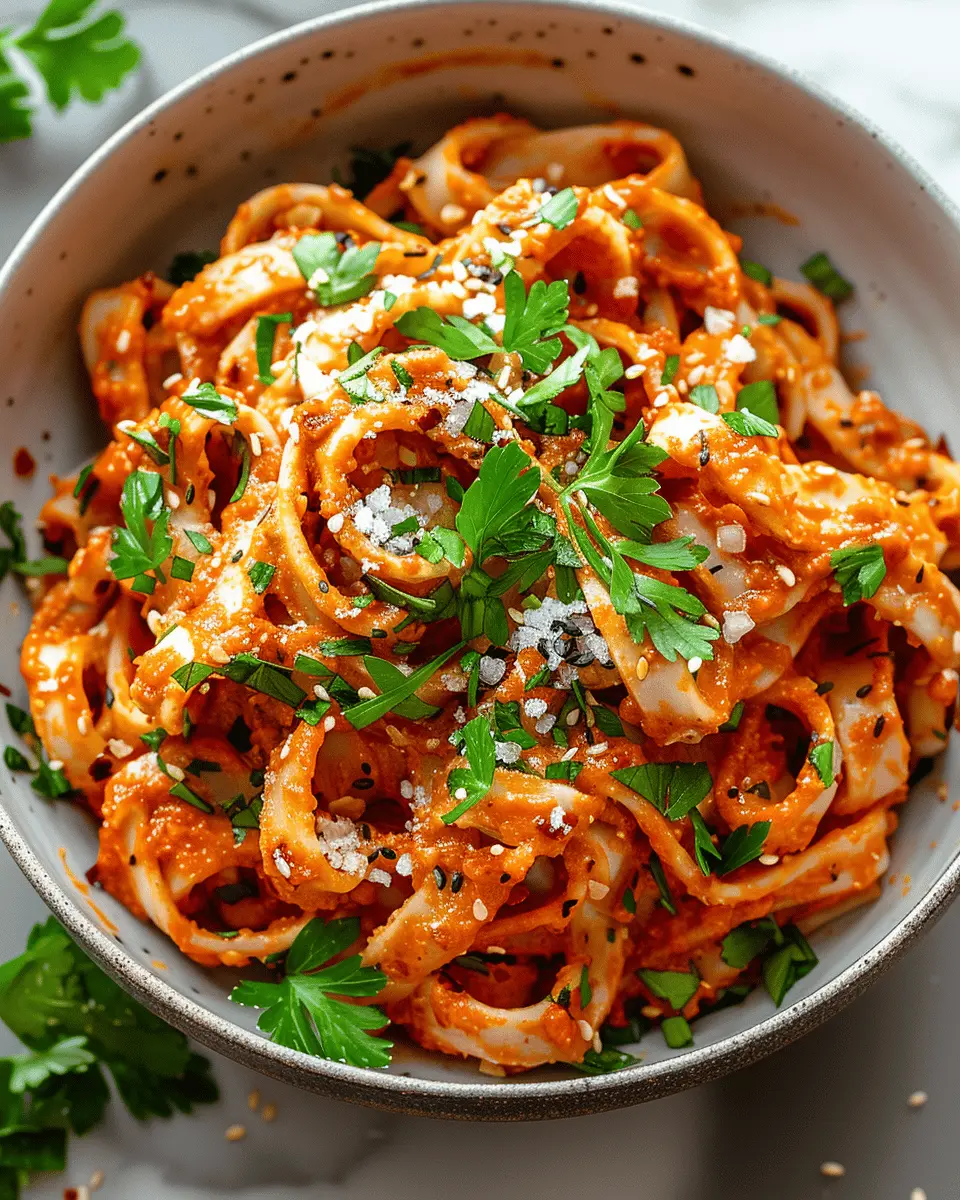
Variations on Gochujang Recipes
If you’re looking to explore the exciting world of gochujang, you’re in for a treat! These 17 must-try gochujang recipes will inspire you to incorporate this rich and spicy Korean chili paste into your meals. Here are a couple of variations that are sure to delight.
Spicy Gochujang Chicken Stir-Fry
This delicious stir-fry packs a punch and is quick enough to make on a busy weeknight. Start by marinating bite-sized pieces of chicken in a mixture of gochujang, soy sauce, and a hint of sesame oil. Stir-fry in a hot skillet with your favorite veggies—think bell peppers, broccoli, and snap peas. You’ll want to let the chicken get caramelized for that wonderful depth of flavor.
- Use brown sugar for a touch of sweetness.
- Serve it over steamed rice or noodles.
Hot tip: You can always use leftover chicken or turkey bacon for an even quicker meal. For more inspiration, check out this chicken stir-fry guide from Yummly.
Vegan Gochujang Tofu Bowls
For a plant-based twist, try these vibrant tofu bowls! Start with firm tofu, press it to remove excess moisture, and then cube it. Toss with gochujang, tamari, and a splash of vegetable broth. Sauté until crispy and golden brown.
- Pile the tofu on a bed of quinoa or brown rice.
- Top with fresh veggies like avocado, cucumbers, and shredded carrots.
This meal is not just packed with flavor, but also offers nutrients galore. Get creative with toppings—maybe some sesame seeds or green onions? It’s an easy way to enjoy your daily veggie intake! For more ideas, visit This Vegan Life for resources.
These adaptations of gochujang recipes highlight just how versatile this ingredient can be. You’ll wonder how you ever cooked without it!
Cooking Tips and Notes for Gochujang Recipes
Adjusting Spice Levels
Creating the perfect balance of flavors in your gochujang recipes can sometimes feel like a daunting task, especially when it comes to heat! Here are some tips to help you personalize the spice level:
- Start Small: If you’re new to gochujang, begin with a smaller amount. It’s easier to add more later than to tone down the heat.
- Sweet Balance: Incorporating sweeter ingredients like honey or brown sugar can help mitigate some heat if you accidentally overdo it.
- Creamy Additions: Think about adding yogurt or coconut milk for a creamy texture that also cools the spice.
Storing Leftover Gochujang Dishes
Have some 17 must-try gochujang recipes that yield more than you can eat in one sitting? No problem! Storing leftover gochujang dishes is simple:
- Cool First: Always let your dish cool to room temperature before refrigerating to avoid condensation, which can affect texture.
- Airtight Containers: Use airtight containers to keep your food fresh and prevent absorption of other odors in the fridge.
- Reheat Wisely: When reheating, do so gently to avoid losing the delightful flavors. A quick reheat on the stove typically does wonders.
Armed with these tips, you’ll be whipping up delicious gochujang dishes like a pro! Feel free to explore more about culinary techniques on Serious Eats or dive into the world of gochujang at Korean Bapsang.
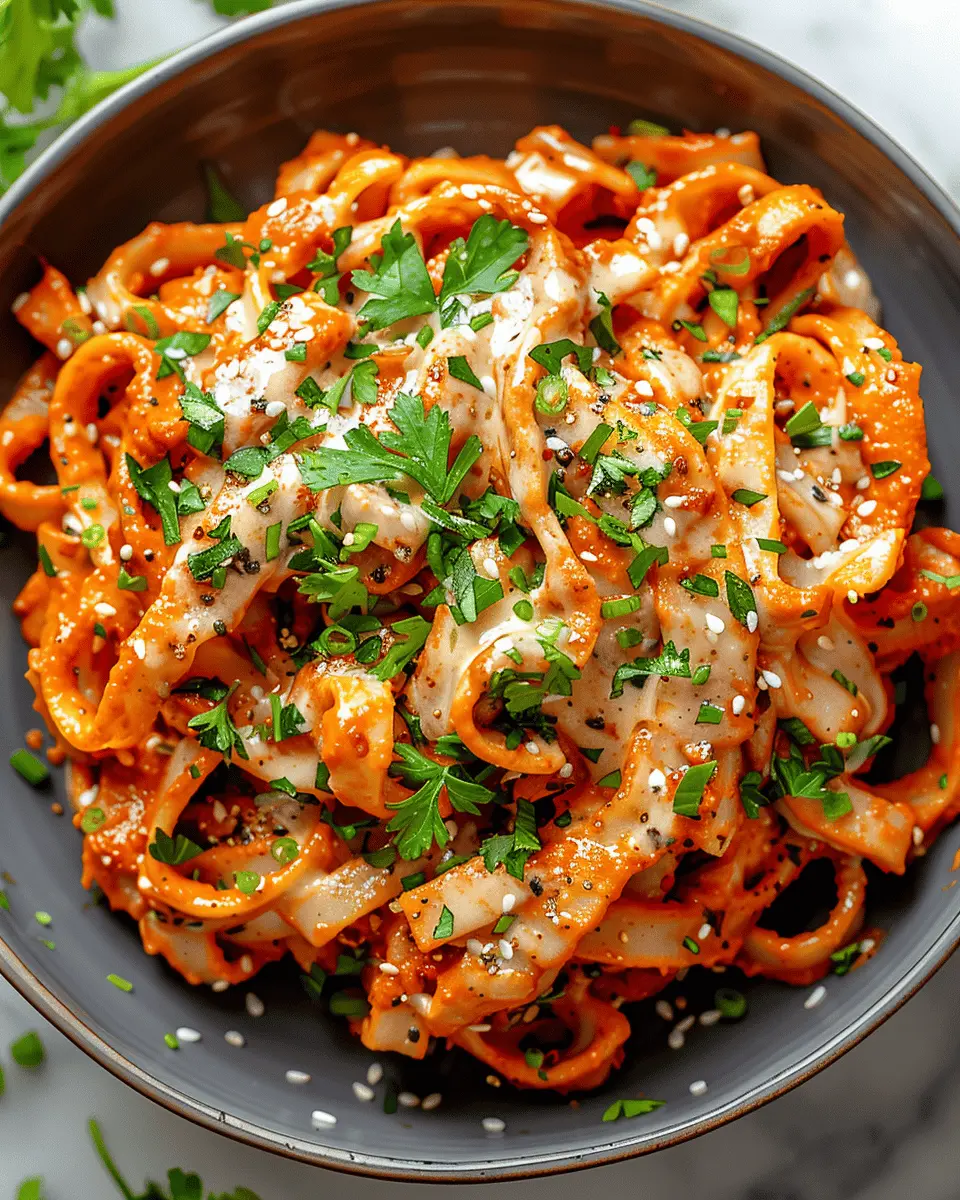
Serving Suggestions for Gochujang Recipes
Creative Ways to Plate Your Dishes
Presenting your 17 must-try gochujang recipes doesn’t have to be plain or predictable. Use colorful plates or bowls to highlight the vibrant hues of gochujang. Add garnishes like sesame seeds, green onions, or thinly sliced radish for that professional touch. Sculpture is key: stack or layer foods for a more dynamic appearance — think towers of veggies or sauces drizzled artistically around your protein. For a casual vibe, consider serving on a wooden board, creating a charcuterie-style spread that invites tasting and sharing.
Pairing with Side Dishes and Drinks
To truly elevate your gochujang experience, think about suitable side dishes. Classic choices include crispy Turkey Bacon or savory Chicken Ham, which complement the heat of gochujang beautifully. If you’re leaning towards vegetarian options, roasted sweet potatoes or kimchi are excellent companions. For drinks, herb-infused iced tea or sparkling water can balance the spiciness, making each bite enjoyable. When you’re serving friends, consider a flavor journey where everyone shares different plates — it makes for a fun and interactive dining experience!
For more inspiration on side ideas, check out Bon Appétit’s suggestions for authentic flavor pairings.
Time Breakdown for Gochujang Recipes
When diving into the world of Gochujang, it’s essential to know how much time you’ll need for each recipe. Here’s a handy time breakdown for the 17 must-try gochujang recipes that’ll save you from any surprises!
Preparation Time
Most recipes will require you to spend about 10 to 20 minutes prepping. This includes chopping veggies, mixing the sauce, and marinating proteins like Turkey Bacon or Chicken Ham. It’s a quick start to your culinary adventure!
Cooking Time
The actual cooking can take anywhere from 15 to 40 minutes, depending on whether you’re stir-frying, grilling, or simmering. Quick stir-fries will be on the shorter end, while casseroles may need a bit of patience.
Total Time
All in all, you’re looking at a total time of 30 minutes to over an hour. However, many recipes can be streamlined to fit your busy lifestyle! Planning ahead can save you precious minutes. For quick ideas and more tips, you can check out Bon Appétit’s meal prep guide. Happy cooking!
Nutritional Facts for Gochujang Recipes
When diving into the world of gochujang, it’s essential to understand its nutritional impact, especially when exploring our 17 must-try gochujang recipes. Here’s a quick breakdown to help you navigate the flavors without compromising your wellness goals.
Calories
Gochujang can add a delightful kick to your dishes without piling on the calories. Typically, one tablespoon contains about 30 calories, making it an excellent flavor enhancer without overwhelming your caloric intake.
Protein
While gochujang is not a significant source of protein on its own, when paired with hearty ingredients like turkey bacon, beef, or tofu in your recipes, you can boost your protein content effortlessly. For example, a typical serving of turkey bacon offers around 12 grams of protein.
Sodium
One key aspect to consider is sodium content. A tablespoon of gochujang can contain approximately 600-700 milligrams of sodium. Balancing this with lower-sodium ingredients in your meal can keep your dishes flavorful without crossing dietary limits.
For more insights on nutritional impacts, feel free to check resources like Healthline or NutritionData. By integrating knowledge about these nutritional facts, you can enjoy your gochujang recipes while staying mindful of your health!
FAQs about Gochujang Recipes
What is Gochujang, and how is it used in cooking?
Gochujang is a spicy, slightly sweet, and fermented red chili paste from Korea. Known for its deep, complex flavor, it’s made with red chili powder, glutinous rice, fermented soybeans, and salt. You can find it enhancing a variety of dishes, from marinades for grilled meats to spicy soups, and even in dressings for salads. If you’re diving into 17 must-try gochujang recipes, you’ll quickly discover how versatile this ingredient is!
How can I adjust the spice level in Gochujang recipes?
While gochujang does pack a punch, you can easily tweak the spice level to suit your palate. Here are a few tips:
- Mix with other sauces: Combine it with ingredients like soy sauce or miso for a milder taste.
- Add sweetness: Incorporate honey or brown sugar to balance out the heat.
- Dairy add-ins: Mixing in yogurt or sour cream can help mellow the flavor.
These adjustments can make your culinary creations more enjoyable, especially if you’re catering to guests who might not be fans of spice.
Are there healthy variations to traditional Gochujang dishes?
Absolutely! You can create lighter versions of classic gochujang dishes by making simple swaps:
- Use turkey bacon instead of regular bacon for a leaner option in stir-fries.
- Opt for chicken ham or grilled vegetables as protein alternatives.
- Consider using whole grains like quinoa or brown rice instead of white rice for added nutrients.
These tweaks ensure you’re enjoying the robust flavors of gochujang while keeping your meals on the healthier side. For more insights, take a look at the Korean food health benefits.
By exploring these aspects of gochujang recipes, you’ll not only elevate your cooking skills but also impress friends at your next dinner gathering!
Conclusion on Gochujang Recipes
Why You Should Start Cooking with Gochujang Today
Embracing gochujang in your cooking not only adds a delightful depth of flavor but also introduces a nutritious element to your meals. This versatile Korean chili paste can transform everyday dishes into culinary highlights. By trying our 17 must-try gochujang recipes, you’ll discover how easy it is to elevate your kitchen game.
Moreover, gochujang is rich in antioxidants and has been linked to various health benefits, including boosting metabolism. With its unique blend of umami, spice, and sweetness, your taste buds will thank you! So, roll up your sleeves, gather your ingredients, and embark on this flavorful journey today. Ready to spice up your life?
Print17 Must-Try Gochujang Recipes for Flavorful Home Cooking
Explore a variety of delicious recipes using gochujang, a Korean chili paste that adds a unique flavor to your dishes.
- Prep Time: 15 minutes
- Cook Time: 30 minutes
- Total Time: 45 minutes
- Yield: 4 servings 1x
- Category: Main Dish
- Method: Stovetop
- Cuisine: Korean
- Diet: Gluten-Free
Ingredients
- 1 tablespoon gochujang
- 2 cups water
- 3 cloves garlic, minced
- 2 teaspoons sesame oil
- 1 pound chicken thighs
- 4 cups mixed vegetables (carrots, bell peppers, broccoli)
- 1 tablespoon soy sauce
Instructions
- In a pot, combine water, gochujang, garlic, and sesame oil.
- Add chicken thighs and bring to a boil.
- Reduce heat and simmer for 20 minutes.
- Add mixed vegetables and soy sauce, cooking for an additional 10 minutes.
- Serve warm, garnished with green onions.
Notes
- Adjust the amount of gochujang to taste.
- For a vegetarian option, substitute chicken with tofu.
Nutrition
- Serving Size: 1 plate
- Calories: 350
- Sugar: 5g
- Sodium: 800mg
- Fat: 15g
- Saturated Fat: 3g
- Unsaturated Fat: 10g
- Trans Fat: 0g
- Carbohydrates: 40g
- Fiber: 5g
- Protein: 25g
- Cholesterol: 70mg
Keywords: gochujang, recipes, Korean cooking, spicy dishes
